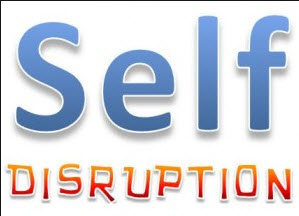![]()
In the fourth conversation between Jeffrey Phillips and myself, around parts of the Executive Innovation Work Mat, we took on several different issues around the design, function, structure and process needs for innovation.
The conversation lasted nineteen minutes, and for some reason, I lost sound briefly at my end a few times, which was a pity. So I hope I can help fill those gaps and explore the what, why and how of having a dynamic functioning design and structured process to meet today’s demanding and highly energetic world of constant change.
This specific conversation (LINK here) is about 19 minutes. It is all about the fit of innovation and the tensions between the design, function, structure, and process needs to manage innovation management. We relate this specifically within our Executive Innovation Work Mat.
It is always our intention to offer some different thrôughts about the balancing of function, design, process, and structure and giving it equally the creative dynamic attention it needs Continue reading “Balancing Function, Design, Process and Structure for Creative Tension”



 “Why do we always seem to have internal difficulties to self-disrupt?”
“Why do we always seem to have internal difficulties to self-disrupt?”